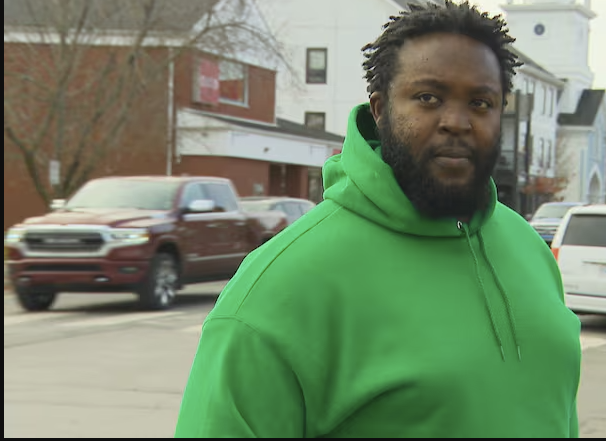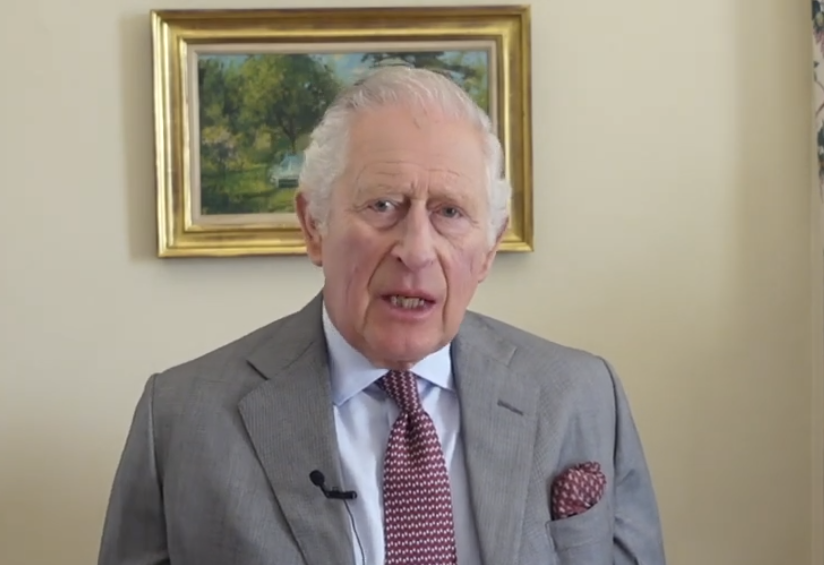
100percentfedup.com
Mexican Navy Plane Crash Near U.S. State Results In Multiple Fatalities
A Mexican Navy aircraft carrying medical patients crashed Monday near Galveston, Texas, resulting in at least two confirmed deaths.
According to Fox News, the Mexican Navy said eight people were on board the aircraft – four naval crew members and four civilians.
The U.S. Coast Guard conducted search and rescue operations.
A Mexican Navy Beechcraft King Air 350i crashed into Galveston Bay in southeastern Texas while approaching Scholes International Airport. Local authorities and the U.S. Coast Guard are conducting ongoing search-and-rescue operations. pic.twitter.com/ycmL1TDJBH
— Breaking911 (@Breaking911) December 22, 2025
More from Fox News:
Search and rescue protocols were immediately activated following the crash in coordination with the U.S. Coast Guard, which has rescued six people so far. Four were found alive, while two deaths have been confirmed. Efforts remain underway to rescue two additional people still believed to be inside the wreckage, the Mexican Navy said.
According to the Michou and Mau Foundation’s website, its vision is to “provide assistance so that children with severe burns have the best advanced treatment programs and multidisciplinary care.”
The Mexican Navy added that search and rescue efforts were immediately activated in coordination with local authorities.
The Galveston County Sheriff’s Office said its personnel also responded to the plane crash near the base of the causeway.
“A 1-year-old medical patient,” was among the individuals on board the aircraft, the New York Post noted.
At least 2 people killed in Mexican Navy plane crash in Texas — 1-year-old medical patient was aboard https://t.co/83FscP45tl pic.twitter.com/3xkhXsLb4o
— New York Post (@nypost) December 23, 2025
“The Texas Department of Public Safety (DPS) is the primary agency leading the crash investigation, with the Galveston County Sheriff’s Office and Galveston Police Department providing support. The incident remains under investigation, and additional information will be released as it becomes available,” the Galveston County Sheriff’s Office stated.
The New York Post shared further:
It’s not immediately clear if weather was a factor. However, the area has been experiencing foggy conditions over the past few days, according to Cameron Batiste, a National Weather Service meteorologist.
He said that at about 2:30 p.m. Monday a fog came in that had about a half-mile visibility. The foggy conditions are expected to persist through Tuesday morning.
Watch additional coverage below:











